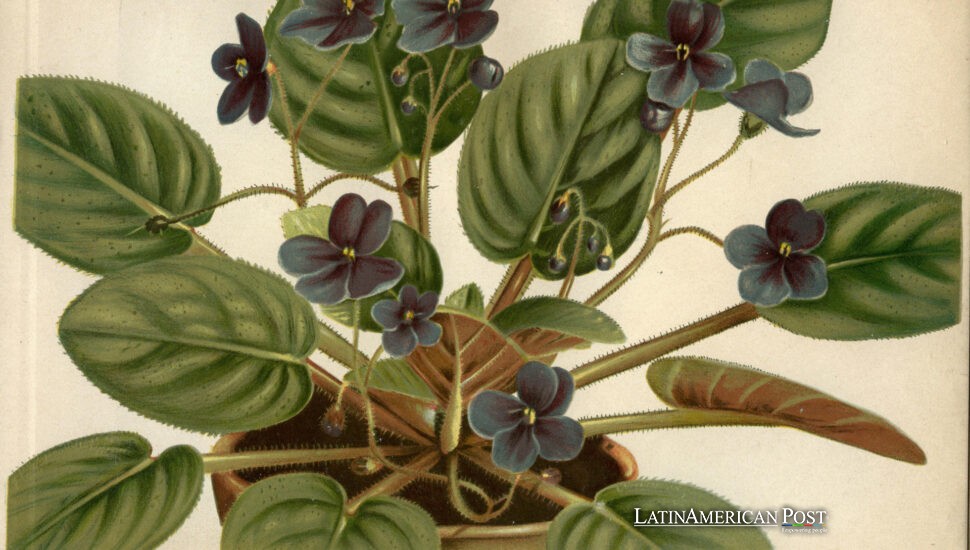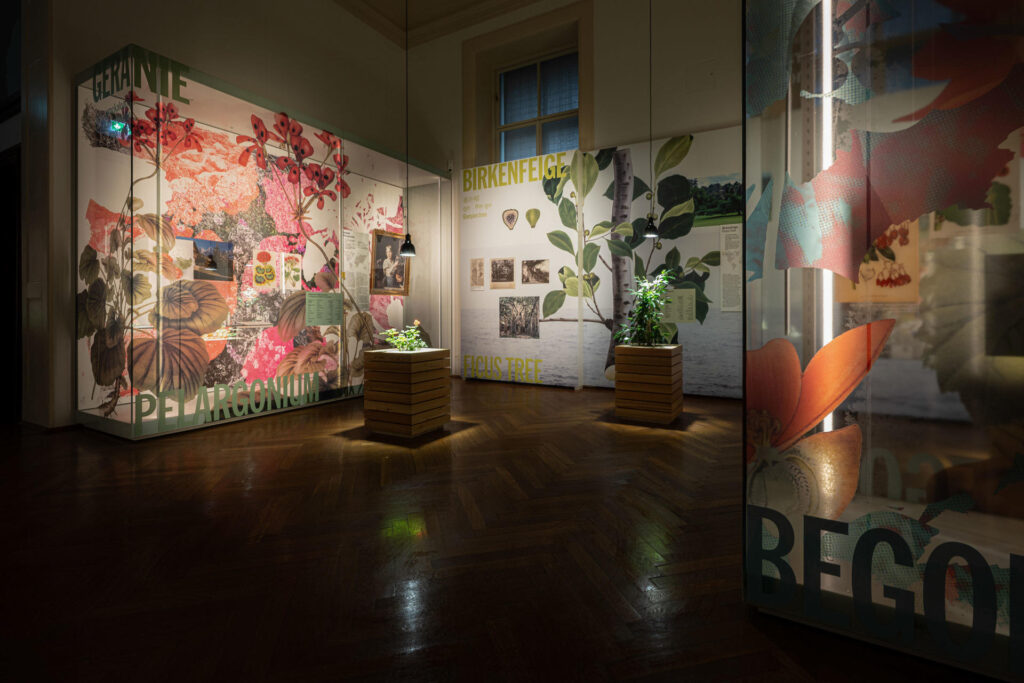Latin American Colonial Past Lives on in European Living‑Room Plants

The cactus on your sill and the begonia spilling over a macramé hanger look innocent enough, yet each leaf carries a colonial passport—evidence of centuries-old journeys that pulled Latin American plants and the people who moved them into foreign parlors.
Seeds Of Conquest, Cuttings of Power
Picture the Spanish caravels leaving Veracruz in 1550. Beneath cochineal barrels and cacao sacks sit wooden boxes packed with damp moss. Tucked inside: cuttings of the nopal cactus, sacred to the Mexica, now ticketed for Seville’s apothecaries. Historian Daniela Bleichmar notes that friars in Iberian monasteries fussed over these succulents, scribbling soil recipes in the margins of prayer books —because medicine, dye, and prestige sprouted as surely as spines. A century later, the Portuguese crown ordered every Brazil-bound carrack to return with ten native seedlings for Lisbon’s royal collection, an edict preserved in the 1605 Regimento do Horto. Botanical booty became a measure of empire: haul home a new leaf, claim a new corner of the map.
Monasteries, Merchants, And “Green Gold”
By the 1700s, Spain’s reformist Bourbons had super-charged the trade. José Celestino Mutis led the Royal Botanical Expedition through Colombia, pressing twenty thousand specimens into Europe’s herbaria. One wax-leafed cutting—later christened Begonia after colonial governor Michel Bégon—would dangle from Parisian chandeliers within a decade. Chilean ethnobotanist Ana María Carrasco, speaking to EFE, calls these houseplants “forest refugees painted with the names of their captors.” Ledgers in Cádiz reveal the economics: a single crate of Crassulaceae succulents fetched five times the price of vanilla beans, earning the nickname oro verde—green gold. Some outbound ships valued their living cargo above the silver locked in the hold.
Madrid, meanwhile, fell into a “cactus fever.” Court gardener Esteban Boutelou wrote in 1804 that Queen María Luisa demanded glasshouses hot enough to coax Peruvian echinopsis into bloom. Technology followed vanity: the hothouses that sheltered exotic prickles also popularized parlor palms and rubber trees across Europe.

Slave Routes, Secret Names, Silent Leaves
Not every transfer carried royal fanfare. In Brazil’s sugar hinterlands, enslaved Africans tended cloister gardens planted with Sansevieria—today’s “Espada de São Jorge.” Curator Bettina Zorn told EFE that the sword-leafed succulent often boarded slave ships as spiritual armor. Once ashore, Yoruba captives used its gel on machete cuts and its fibers in ritual belts. Follow the plant’s spread across plantations, and you will trace the very arteries of the Atlantic slave trade.
Another traveler, the regal geranium (Pelargonium) began as a South African remedy, crossed the ocean with Jesuit botanists to Córdoba, Argentina, and re-emerged two centuries later as Umckaloabo®, a German cough syrup—its Indigenous origins conspicuously absent from the patent. Colonial botany was rarely just science; it was appropriation in green wrapping.
Re-Rooting History in Living Rooms
Today, Latin American scientists are rewriting the labels. At Ecuador’s Centro Jambatu, every exported anthurium carries a QR code linking buyers to Kichwa stories of rainforest spirits. In Mexico, Indigenous cooperative Tosepan Titataniske sells shade-grown coffee paired with heirloom pothos, each pot stamped with a Nahua proverb. “We can’t uproot history, but we can repot it ethically,” coordinator Julieta Rosales tells EFE.
Museums are getting honest, too. Vienna’s “Colonialism on the Windowsill” exhibition pairs a living rubber tree with the missionary diary that once likened its latex to “white gold.” Visitors leave knowing that every easy-care monstera in a dorm room casts a long shadow.
As décor influencers hunt the next “it plant”—perhaps a variegated monstera torn from Panama’s Darién Gap—source countries face a decision. Tighten bio-export laws and risk black-market digs? Or build green economies that finally pay Indigenous stewards? The future of the houseplant boom may hinge on that choice. Until then, the frond in your kitchen hums with stories of conquest, survival, and the chance—if we listen—to let those leaves grow into something fairer.
Also Read: Official Spanish Version of U.S. Anthem Resurfaces During Dodger Stadium Dissent
Credits: Research insights from Daniela Bleichmar (USC), José Celestino Mutis expedition archives, interviews with Ana María Carrasco and Julieta Rosales for EFE, and exhibition notes courtesy of curator Bettina Zorn.





